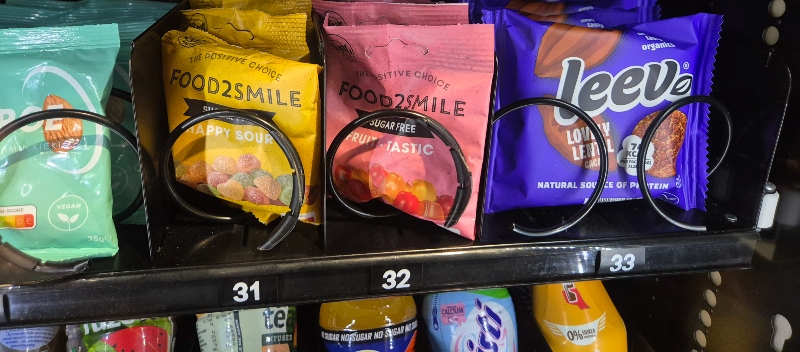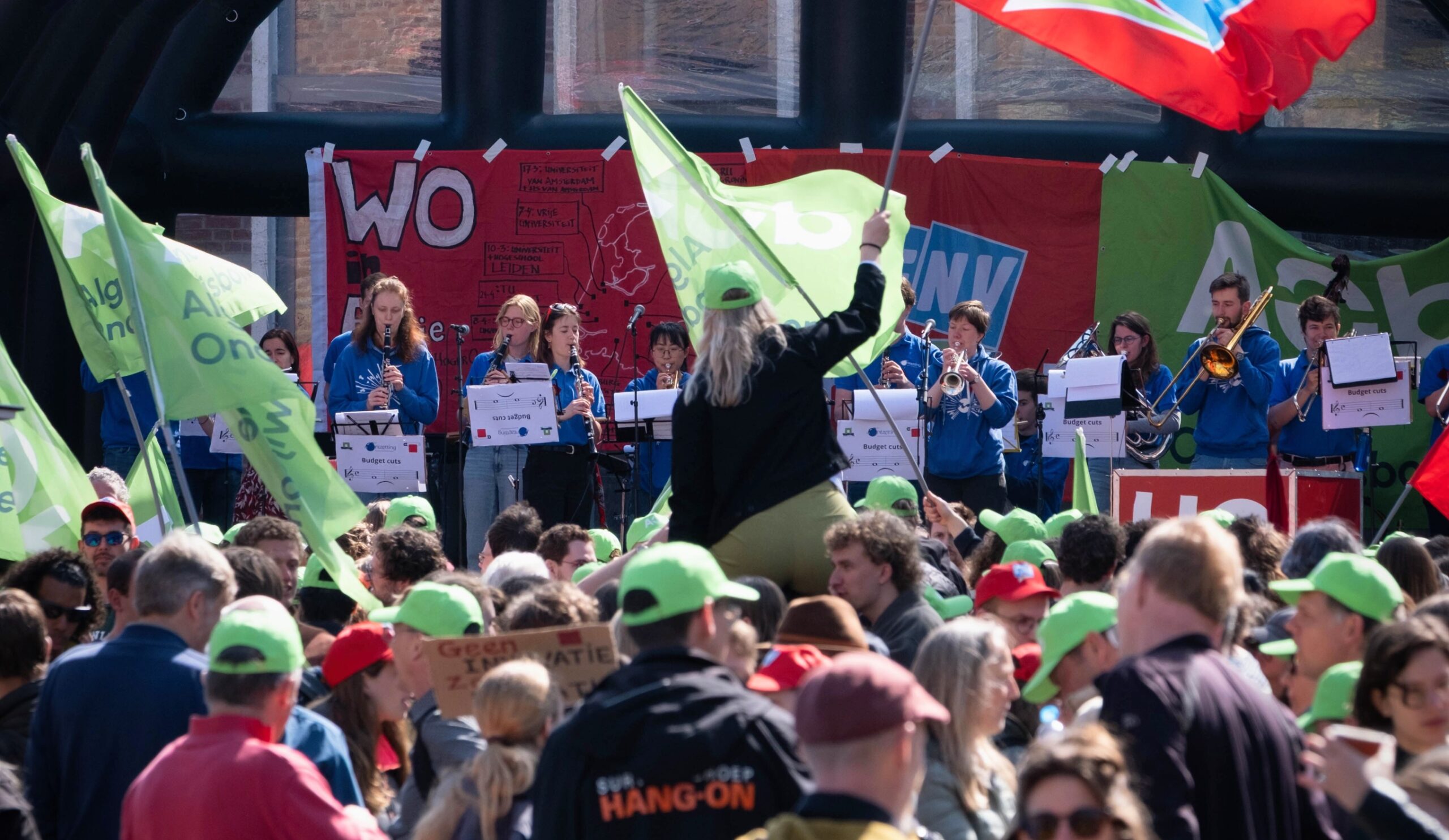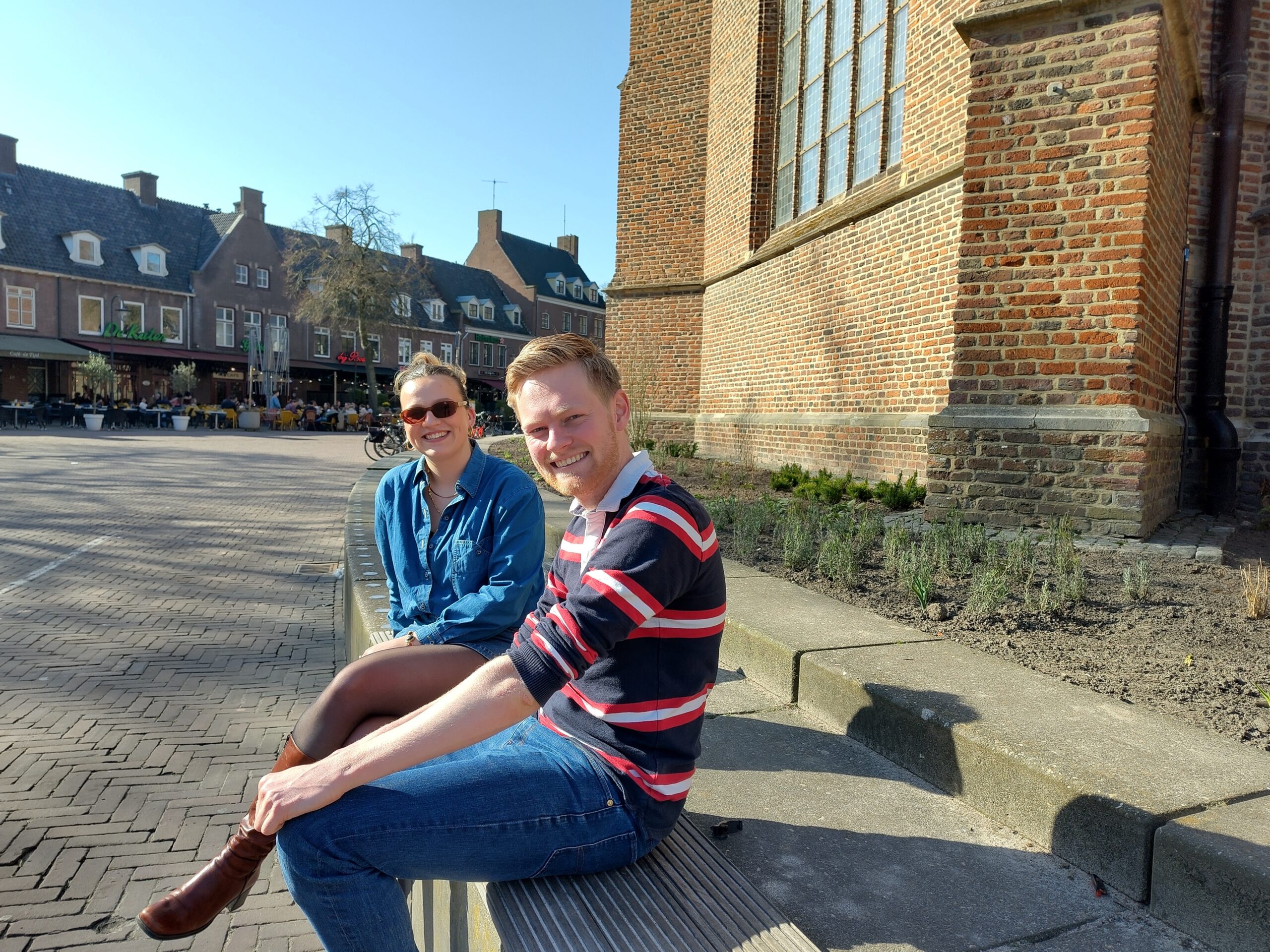He is actually taking a sabbatical at the moment, prior to retiring. ‘But I’ll just keep doing the things I like. That will just carry on’, says professor Frans Bongers. And so in his spare time he is working on mapping the population of frankincense trees in Oman.
Bongers has been working on frankincense since the late 1990s. On several occasions, he has sounded the alarm about the decline of the frankincense tree in African countries such as Eritrea, Sudan and Ethiopia. The tree is pretty much doomed there, due to overproduction and a lack of new growth. But a different species grows in Oman: Boswellia sacra.
Bible
‘Boswellia sacra is the holy frankincense tree that is mentioned in the Bible’, says Bongers. ‘It is used for applications in perfumes and oils.’ The study he is now leading is documenting the state of this species in Oman. ‘We are looking at the distribution of the trees, their health status and how sustainably the frankincense is tapped.’
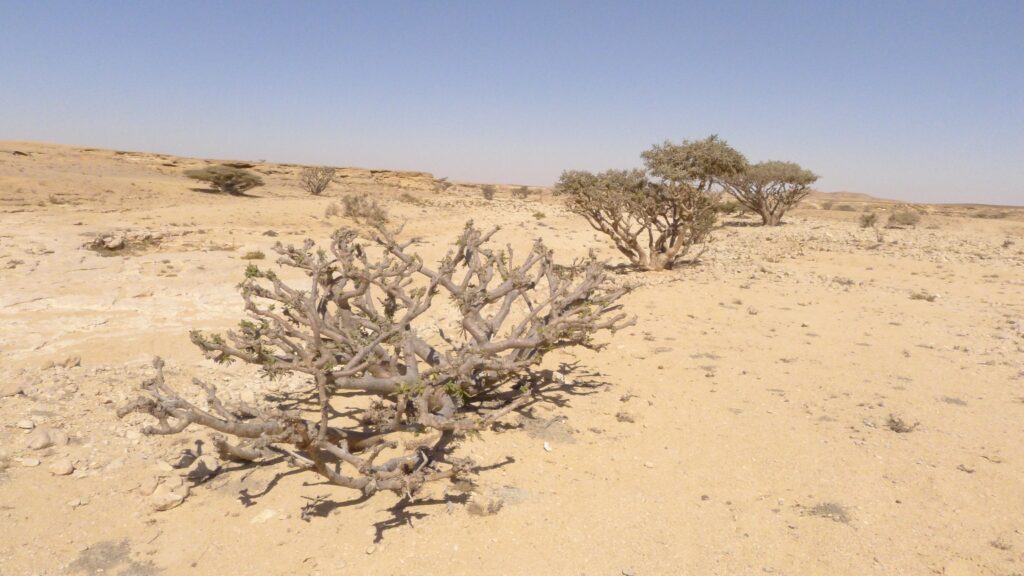
Above all, this work means a lot of driving. Oman’s surface is more than seven times that of the Netherlands. The frankincense trees are found in the southern coastal region of Dhofar. Bongers: ‘An extremely rugged desert area of 30 by 150 kilometres. So we drive around a lot and map the trees using a system with which you can enter data on your mobile phone.’
Niche
Meanwhile, students in Wageningen are making models that can predict how the trees will develop in their ecological niche under the influence of climate change. The first report on the status of the species is due in April. ‘There’s a tough report coming,’ warns Bongers.
There are more than a quarter of a million camels in Oman and they eat everything.
Frans Bongers, personal professor of Tropical Forest Ecology
Probably the greatest threat to the frankincense tree is grazing by camels, says Bongers. ‘There are more than a quarter of a million camels in Oman and they eat everything, including all the frankincense trees. You see bare trees everywhere with just a small crown of leaves. The camels can’t reach those, but they gobble up all the rest. We are documenting all this in our report.’
Plantations
Economically, everything revolves around oil in Oman. Bongers: ‘But culturally, frankincense is product number one.’ Trees growing in nature are tapped for that production, but frankincense plantations are being developed now too. ‘But on a small scale. Frankincense trees grow slowly and you need money to invest in them. And large companies do not yet see the importance of it, since there are still trees at the moment.’
‘We hope to be able to present a solid report of the actual situation’, he continues. ‘Then it’s up to the politicians, ministries and organizations to tackle the issue.’ The aim is to make the exploitation of the frankincense tree more sustainable. Bongers is doing this work on behalf of the Environmental Society of Oman.

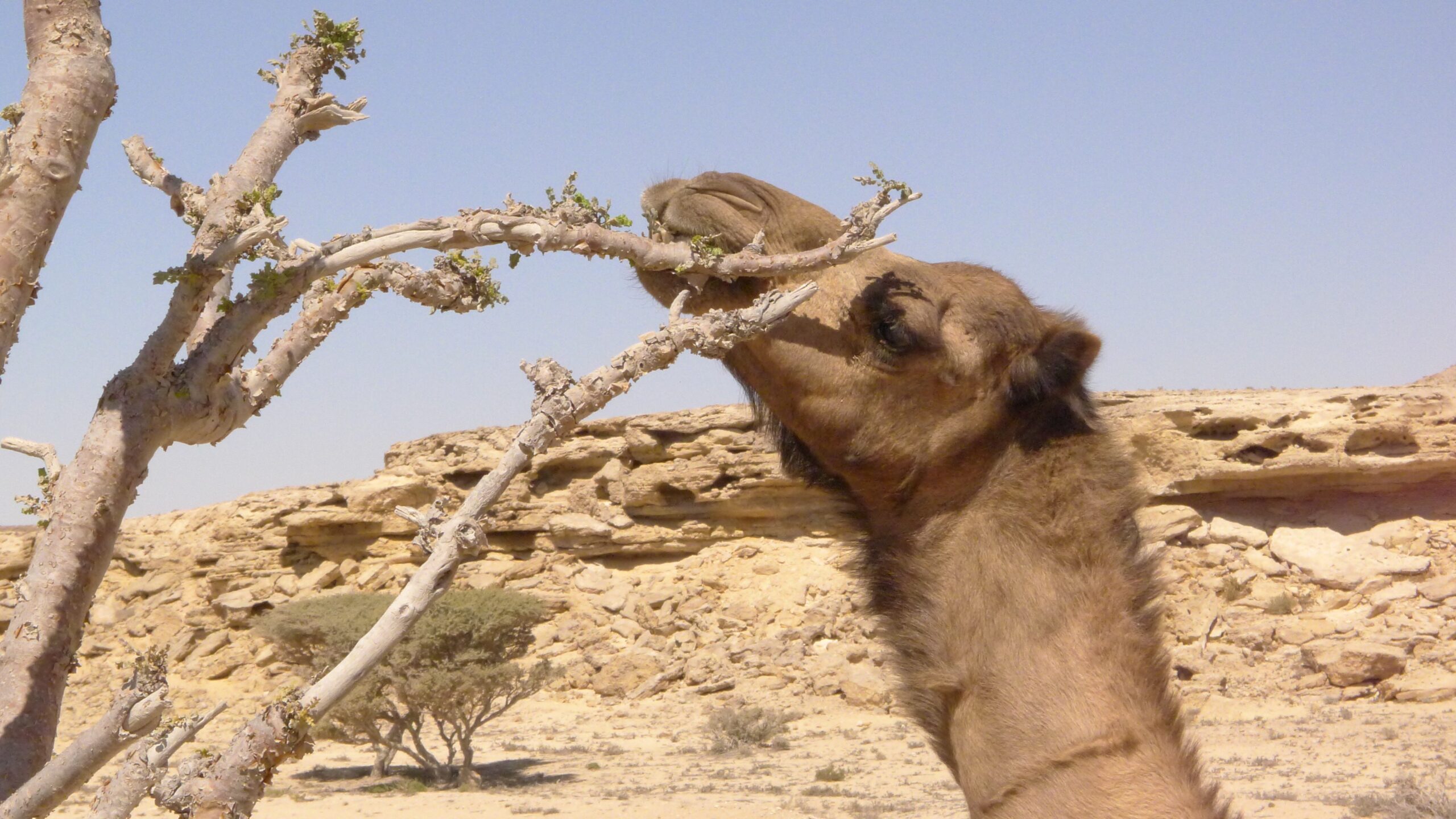 Photo Frans Bongers
Photo Frans Bongers 